Paving the Way to a Decarbonized Society Using Sensors

Long-term Goals at Optex
The impacts of climate change can be seen in every region of the world, and are expected to become more of a problem in the future.
As part of its dedication to creating a sustainable society for the next generation, Optex has analyzed various external scenarios based on TCFD* guidance to identify climate-related risks and opportunities, as well as broader environmental issues, in the company’s operations with significant strategic impact.
[Risks and opportunities]
● Increases in financial costs due to carbon taxes and increased market regulation
● Business impact of increased extreme-weather events resulting in flooding hazards at manufacturing plants
● Business impact of insufficient CO2 reduction activities and incomplete disclosure of climate-related information
● Effects of products and technologies that contribute to carbon reduction and physical risk measures, including their market value
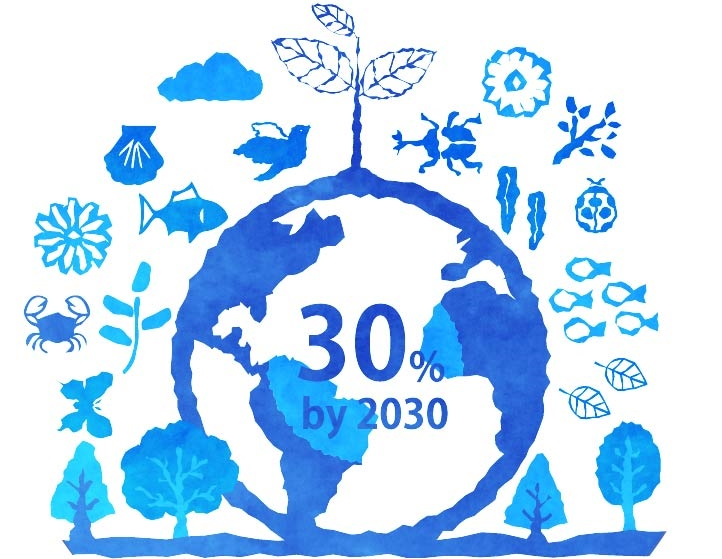
In accordance with the above, Optex has set a long-term goal of reducing CO2 emissions by 30% or more of FY2018 levels by 2030. The company is now working on plans to achieve this target earlier, aiming for a 30% reduction by 2025, in line with the 1.5°C global warming target, and further aims for carbon neutrality by 2050. To ensure continuous progress toward these goals, Optex has incorporated them into its medium- to long-term management plan.
Optex currently offers a wide range of products that help customers reduce carbon emissions and improve energy efficiency (Avoided Emissions). Optex recognizes the importance of creating a balance between the ideas of increasing avoided emissions and reducing CO2 emissions through internal business operations, while also remaining committed to ensuring that avoided emissions total at least four times Optex's total emissions.
- Task Force on Climate-related Financial Disclosures
Progress in Optex’s Decarbonized Society Initiative
Optex has been actively contributing to realizing a decarbonized society by reducing CO2 over the long term. One example is carrying out environmental assessments to ensure all of the new products we develop offer value in terms of efficiency and compliance with relevant laws and regulations, and another is being proactive in reducing CO2 in all our business activities (life cycle).
We defined our numerical target in 2015 and have since been working on initiatives that are aligned with the times. Now, we are in the third phase of our decarbonization initiative. This is an overview of the progress to date and the outlook for the future with Atsushi Maekawa, Manager of the Quality Control Division.

“The numerical target we initially set for our medium-term goal was ‘a 1.25 increase in the [Environmental efficiency (Sales/Lifecycle CO2): 2015] by 2018’.The environmental assessments revealed that about 90% of our new products had improved performance in environmental efficiency compared to the older models. As a result, we were able to achieve the medium-term goal one year earlier than planned.
However, we already predicted that we would eventually reach a limit if we focused our decarbonized society initiative only on environmental efficiency—there is only so much we can do when it comes to reducing CO2 in our business activities, and requirements and regulations are also expanding.
This awareness led us to our next approach: we started working on the Contribution Level Assessment, which derives the level of a company’s contribution to CO2 reduction through its products and services. This approach can be expanded beyond what we do within Optex, to also include how we contribute to realizing a low carbon society through our business activities. As it is also linked to providing customers with value, there are no ‘wringing the rag dry’ type of limits here.”
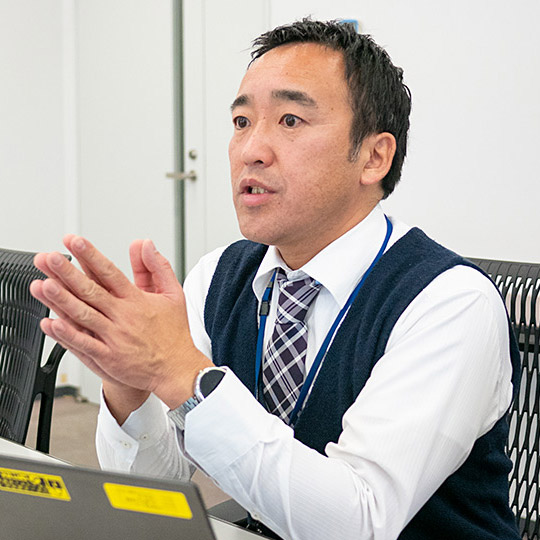
Executive Officer and Manager of Quality Control Division

We set Contribution Multiplication Factor as our numerical target for the second phase. This is a measure of the amount of CO2 reduction that Optex sensors have contributed to on the ground, in the places where they are used. Below are the results calculated in accordance with the Contribution Level Assessment.
In 2017, the Contribution Multiplication Factor was about 3 times. We set a goal to quadruple it by 2021, which we achieved as targeted. As of 2023, the continues to meet this goal.
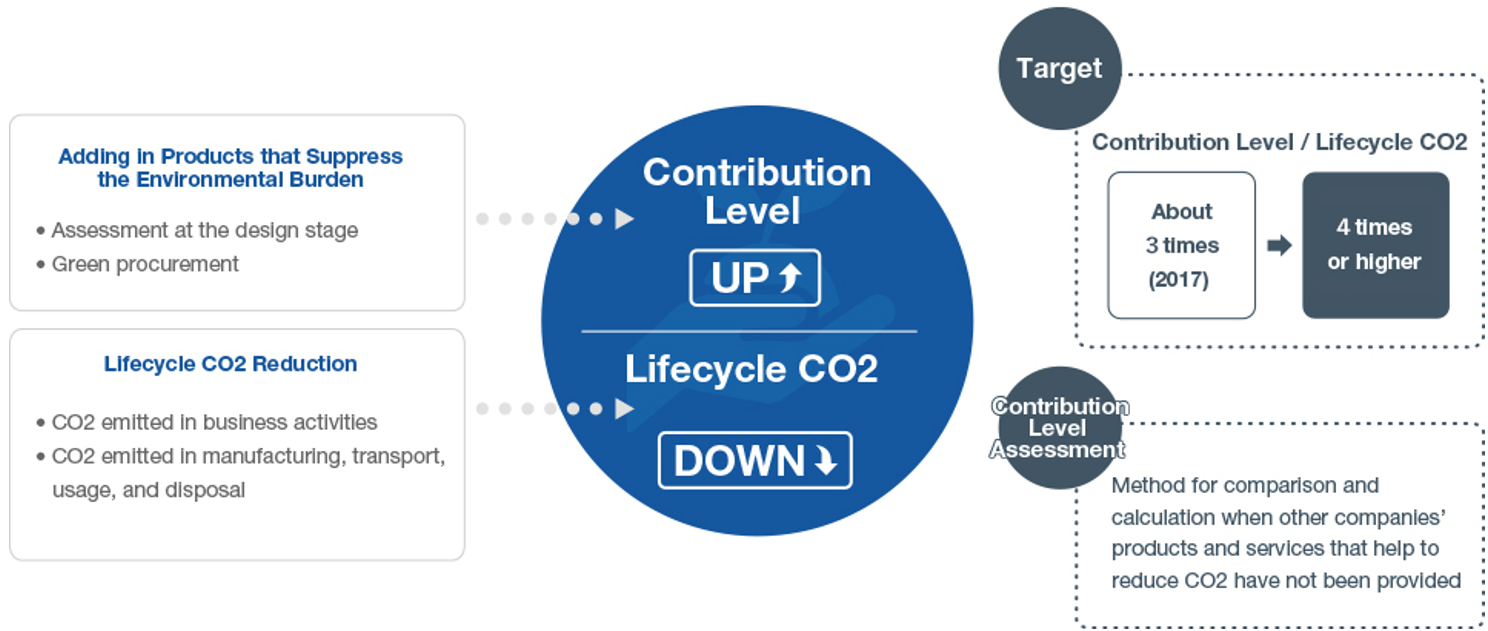
“We have found a way our products can be used in the Contribution Level Assessment in the features of Optex sensors. One of the main features of sensors is that when installed into a system, they will enhance its capabilities and efficiency while also suppressing the load on the system overall. Also in many cases, sensors are used to help reduce CO2.”
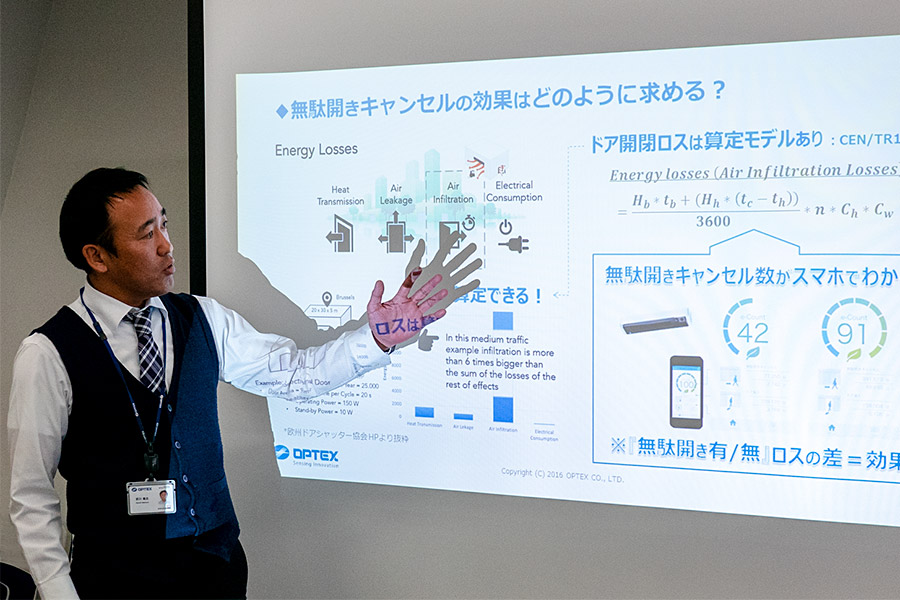

In 2022, Optex expressed our support for the Task Force on Climate-related Financial Disclosures (TCFD) recommendation to disclose information related to climate change-related risks and opportunities. We have decided to disclose information related to climate change under the program by Carbon Disclosure Project (CDP), an international NGO working on climate change and other environmental issues.
“We will manage our own emissions and our contribution to the initiatives of other companies in a holistic way, and implement initiatives to actively reduce emissions. Specifically, we have set a target to increase our reduction from 17.5% in 2018 to 25% by 2025.”
More information about our initiatives for 2022 and beyond will be available around January 2023.
Why Sensors Can Help Resolve Issues in Realizing a Decarbonized Society
Even before setting the numerical targets, Optex was always heavily involved in creating a low carbon society through our sensors. We can say this because our sensors play to the three strengths below, helping to create optimal solutions for building a low carbon society.
1) Originally an Eco-friendly Sensor
One of the features of sensors is low power consumption. The Optex security sensor, which is a core product, has a current consumption in the microampere range (㎂).
This means we also have sensors that can run only on batteries, without needing to rely on an external power source. Currently, around 60% of our mainstay outdoor security sensors are battery-type sensors.
2) Sensors Can Be in Standby Mode
Sensors really become powerful once they are installed into a system. For example, replacing an incandescent light bulb with an LED one will roughly halve the power consumption. However, when you install sensors and build a system in which the lights come on only when needed, the power consumption can be contained to one tenth. This is how sensors can be used to create a standby mode for lighting and other equipment, so that they consume hardly any power when not in use.
The EU has adopted the Energy-using Products (EuP) Directive, which are eco-friendly design guidelines for energy-related products. The EuP Directive stipulates that these products must have a standby mode, and the power consumption while in standby mode has to be under 1W.
We believe that many of the Optex sensor products also meet these requirements.
3) Facilitating Progress in Key Points of Energy Consumption
The Zero Energy Building (ZEB) movement, which aims to curtail energy consumption in buildings and other structures, is also quite active in the EU. It includes rating a building according to its energy efficiency, which will affect factors such as the building’s sale and rental price. Similar initiatives already exist in Japan; the Japanese government has set policy goals in this area in the Basic Energy Plan, which was passed in the Diet in April 2014.
Optex can contribute to making buildings more energy efficient in a variety of ways, from sensors to control lighting, battery-free switches and other products, to facilitating the spread of remote control, automation and IoT.
Air conditioning accounts for more than 60% of a building’s energy consumption. It is said that a large portion of this energy loss is actually the needless opening and closing of doors (referred to as unnecessary opening).
The e-Smooth Sensor is an automatic door sensor that controls unnecessary opening, as a countermeasure for this type of energy loss. It determines the direction in which people are walking, and controls the opening and closing of automatic doors accordingly. This can significantly improve the efficiency of air conditioning in buildings, and reduce CO2 emissions.
The Optex e-Smooth Sensor, which is an automatic door sensor that controls unnecessary opening, was selected as one of the first certified products of the “Shiga Low Carbon Brand*”. This was a wonderful achievement for us.
What is the Shiga Low Carbon Brand?
Shiga prefecture is moving forward with its efforts to create a sustainable low carbon society that is in harmony with economic and social development, and the reduction of greenhouses gases that cause global warming. The Shiga Low Carbon Brand is a certified system that was launched in 2018 as a part of realizing this sustainable low carbon society.
The Shiga Low Carbon Brand conducts assessments and certifications in accordance with the quantitative Contribution Level Assessment, to evaluate the level of CO2 reductions of superior energy-saving products and services that help to reduce greenhouse gases.
※ The Shiga Low Carbon Brand operates in accordance with the Contribution Level Assessment.
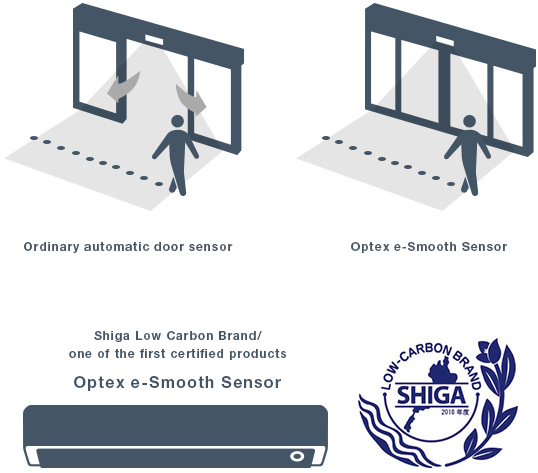
Contributing to Society in Various Ways Through Sensors
Optex sensors can not only facilitate the creation of a low carbon society; they also have the potential to contribute to society in even broader ways, including many of the issues raised in the Sustainable Development Goals (SDGs).
For instance, Optex water quality sensors can contribute to SDG 3 of Good health and well-being, and SDG 6 of Clean water and sanitation, while our security sensors and automatic door sensors can help with achieving SDG 11 of Sustainable cities and communities.
Moreover, Optex products that facilitate remote control, automation, IoT, battery use and battery free and other ways to conserve energy and improve efficiency can also achieve SDG 9 of Industry, Innovation and Infrastructure while keeping in mind SDG 8 of Decent work and economic growth.
Our contributions extend beyond just production; the previously mentioned activities focused on contribution levels can also be linked to SDG 12 of Responsible production and consumption.
The SDGs are one way Optex can continue making a positive difference in society in a multitude of aspects.
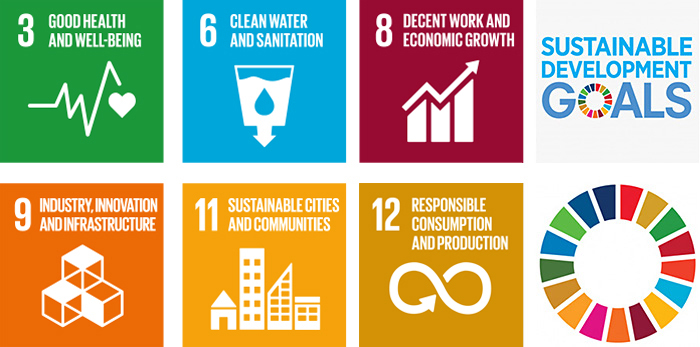
Optex will apply the sensing technologies that are our strength to help resolve issues in society and realize a sustainable world, and continue to work with our customers as we develop our business and aim for growth on a global scale.
Contact phone number
- Headquarters
- +81-77-579-8000
Contact form

